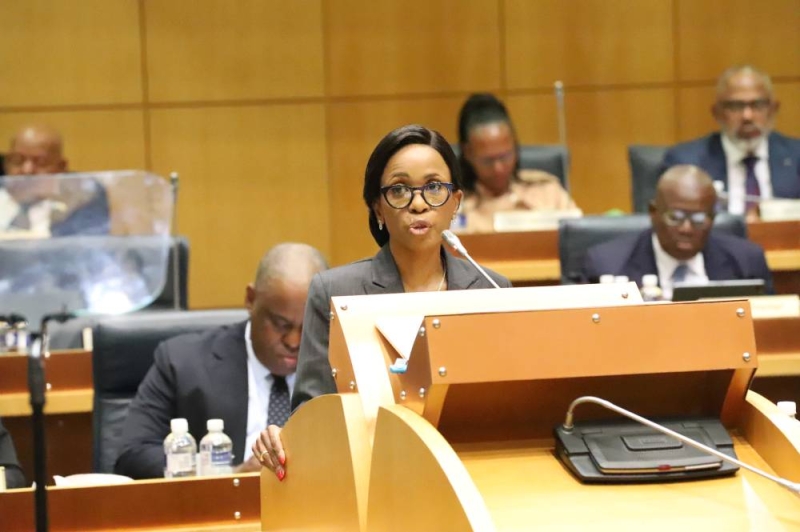IMF sees diamond downturn squeezing growth
Mbongeni Mguni | Monday July 22, 2024 06:00


Earlier this year, in its World Economic Outlook, the IMF had projected 3.6 percent growth for Botswana in 2024. Government at the time of the February budget speech projected a 4.2 percent expansion, but the Bank of Botswana recently said this would likely be missed due to the underperformance of the key mining sector.
In a statement following the institution’s annual review with local fiscal and monetary policy authorities, Luc Eyraud, division chief in the IMF African Department, said the slowdown in diamonds would weigh down the economy this year.
Government’s expansionary P102 billion budget would partly offset this fall by propping up some non-mining activities, the IMF said.
“The continued slowdown is mainly due to a fall in diamond production, partly offset by construction projects financed by the fiscal expansion,” Eyraud said. “In the medium term, growth is expected to converge towards four percent, as diamond mining recovers.”
The downturn in diamond mining, seen since the second half of last year, is largely driven by retail sector weakness due to oversupply in 2022, the strengthening of lab-grown diamonds and a lower-than-expected recovery in the Chinese economy. The continued infiltration of sanctioned Russian rough diamonds into the global market has also turned some consumers away from naturals towards lab-growns and other gemstones.
The IMF chief said with the budget expected to incur a deficit amounting to six percent of GDP, medium-term consolidation was crucial.
“Medium-term consolidation, in line with the authorities’ plan to achieve a fiscal surplus by the 2026 financial year, is critical to stop the depletion of financial buffers, build resilience against shocks, and preserve fiscal sustainability,” Eyraud said.
Local economists have cautioned the deficits which have plagued the budget since even before the COVID-19 pandemic, have moved from being cyclical to structural, weakening fiscal buffers such as the Government Investment Account which houses government’s savings.
“One of the major concerns in recent years has been long-term budget sustainability,” Econsult researchers stated in a recent report. “This follows the switch from structural budget surpluses in the period up to the late 2000s to structural deficits since that time. “This is in turn because fiscal expenditure has not been reduced in line with declining revenues, making the current fiscal trajectory unsustainable.”
The Finance ministry is expected to provide updates on its economic projects, including growth and budget numbers, next month in the annual Budget Strategy Paper.
